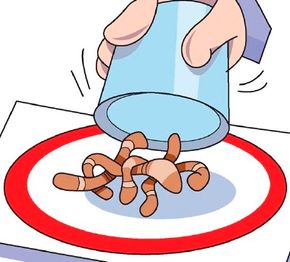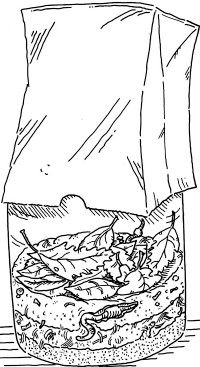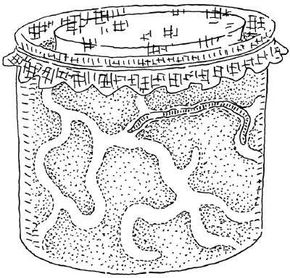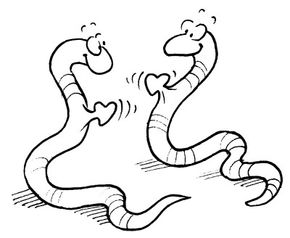At first glance, worms seem like simple creatures, but these burrowing bugs with interesting anatomical structures are an important part of our ecosystem.
When you participate in the following worm activities, you will learn not only how worms live and work, but also the intricate details of a worm's anatomy.
Advertisement
Read about great worm activities on the following pages.
Observing Worms
Find out how to watch worms in their natural environment in this fun worm activity. Learn what worms do in the earth.
Create a happy home for worms and observe their behavior in the comfort of your own home.
Watch worms compete and guess which worm will be the winner of the worm bowl. Find out how to create this great game.
Watch worms living together and find out how they interact when you build a worm condo. Learn how to create a happy home for worms.
How much does a worm eat? Find out when you participate in this fascinating worm activity. Leave food out for worms and watch what happens.
Get up close and personal with earthworms. Observe the intricacies of their anatomy, and discover the complexity of a worm's body.
Ready to get started? Find out how to start observing worms on the next page.
Find more fun activities and craft ideas on the following pages:
Advertisement





